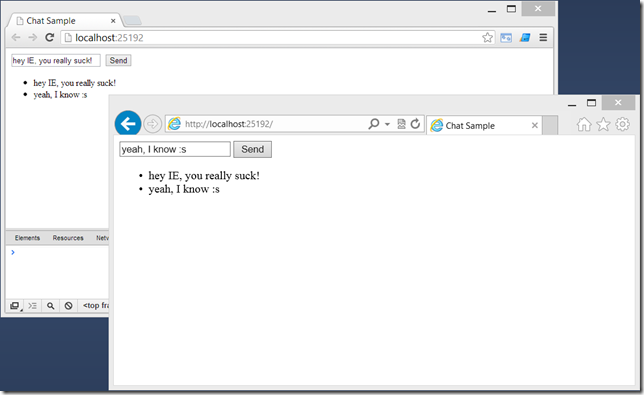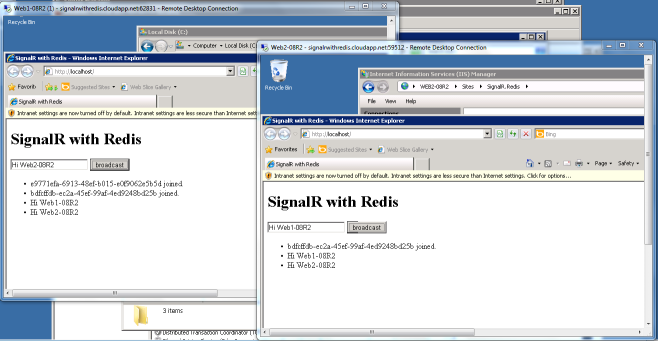Redis is one of the good friends of a backend engineer, and its versatility and ease of use make it convenient to get started. That said, when it comes to scaling it horizontally for writes, it gets a bit more tricky with different level of trade-offs you need to make. In this post, I want to touch on the basics of Redis Cluster, out of the box solution of Redis to the gnarly write scaling problem.
Redis (5)

On my previous post, I walked through the benefits of using PostSharp for caching in a .NET Core server application, by making it work on a single node application. In this post, we will see how we can enable Redis as the caching backend through PostSharp's modular nature.

Long time ago (about 5 years, at least), I contributed an article to SignalR wiki about scaling SignalR with Redis. You can still find the article here. I also blogged about it here. However, over time, pictures got lost there. I got a few requests from my readers to refresh those images and I was luckily able to find them :) I decided to publish that article here so that I would have a much better control over the content.

Learn how easy to scale out SignalR with a Redis backplane and simulate a local web farm scenario with IIS Express

I just committed my first contribution to SignalR project: SignalR with Redis Running on a Windows Azure Virtual Machine. Enjoy :)

